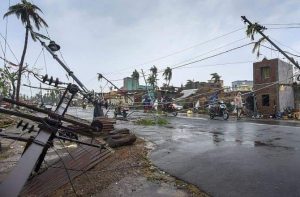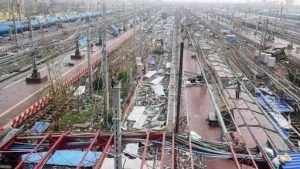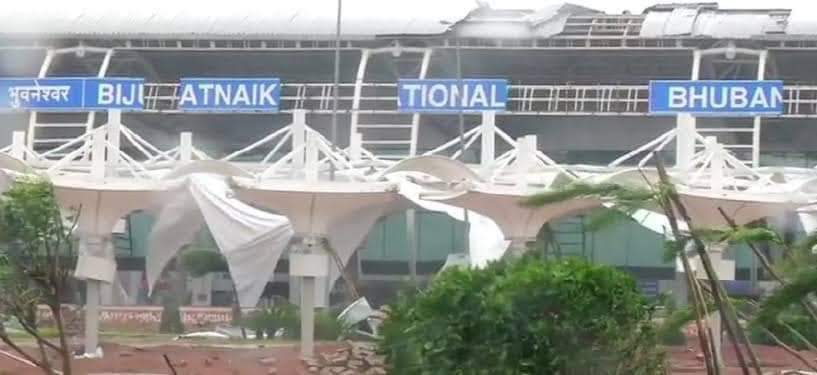When I reached Bhubaneshwar on 8th May in the wee hours of a new day, a feeling of loss and desperation engulfed me. I thought I was prepared mentally; As part of CAF India team I had been getting real-time updates on the ground realities and it made me think that I had clear idea of the devastation caused by cyclone Fani. But scenes that met my eyes as soon as I landed was far worse and painful.
Twenty years ago, when a cyclone of similar magnitude hit the state, more than 10,000 people lost their lives. The economic loss equalled approximately 6 months’ worth of livelihoods.
However, we have come a long way from that; The ‘zero casualty’ policy adopted by the government, the efforts of the meteorological department in issuing an early warning, has helped reduce the death toll during cyclone Fani. In addition, government and non-government organisations have been very effective in disaster mitigation. For instance, this time, the government evacuated a record 1.2 million people in less than 48 hours; over 200 trains and several flights were cancelled in anticipation of major disruption. After the cyclone, 9000 shelters and 7000 kitchens were set up. A mammoth team of 45000 volunteers has helped facilitate relief efforts.
Despite these efforts, however, the devastation I saw while driving down from the airport was heart wrenching. I could not find a single tree that stood tall and green- uprooted tree trunks and electric poles littered the way. In the city, everyone suffered from power cuts in the debilitating heat and humidity even as electricians worked round the clock to restore normalcy. While I stood on the road looking at the electricians sweating profusely and working hard to restore current, I realized that they were also taking immense risks as they clung on to broken wires and light poles.

The plight in surrounding villages was even worse. A week after the cyclone, lakhs of survivors continued to live in squalid conditions without shelter, power supply, water, and food. It may take months before power is fully restored in these areas.


Back in Bhubaneswar, prices of essential commodities continue to rise with vegetable prices doubling in the city’s main markets; grocery stores remained shut or lacked essential goods. More worryingly, the sick thronged hospitals waiting for healthcare services; the regional hubs of every bank were nonfunctional with power and link failures. With no access to cash, people were left to fend for themselves or find sustenance in the food kitchens. Scarcity of water added to the torture. In addition, the streets remained littered with debris; dirt and garbage lay on the roads like ominous invitations to insects, germs, and diseases.
Bhubaneswar, the Smart City, had suddenly become lifeless. Despite the efforts currently underway the situation for the local populations remains desperate and bleak. It became clear to me that there is an urgent need for more resources and aid than currently available. I am left with the hope that with more people being motivated to extend support, the indomitable spirit of the city will rise and thrive once more.
Search
Categories
Recent Posts
- A brief visit to a project site in Gurugram
- How was OneStage born?
- ‘The plight of people moved me, and the heroic efforts of frontline workers inspired me to support COVID Relief work’
- 7 ways to take care of your Mental Health during the pandemic
- 5 things you must keep in mind before forwarding information on COVID












.png)

.png)

